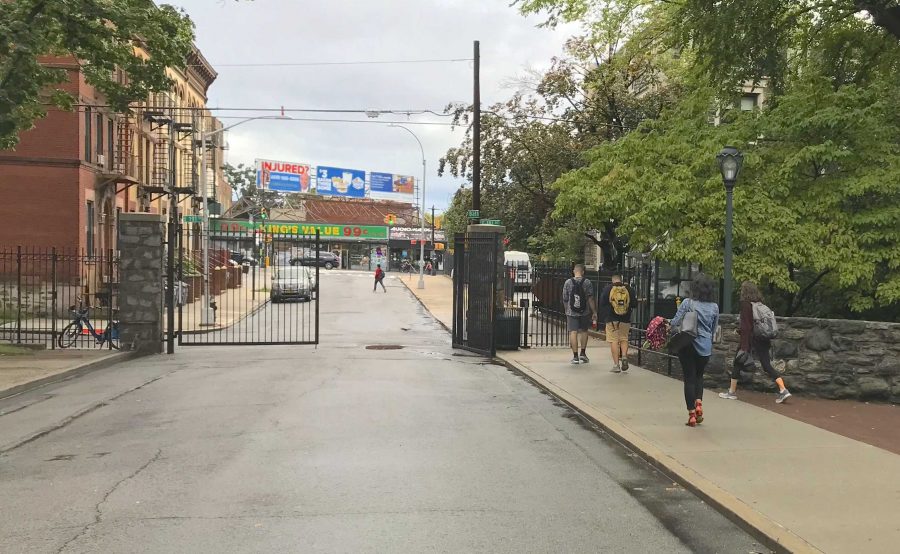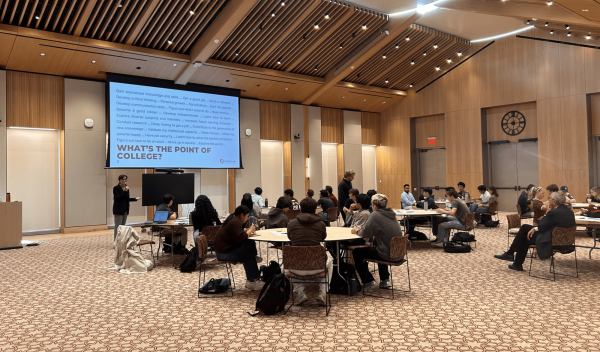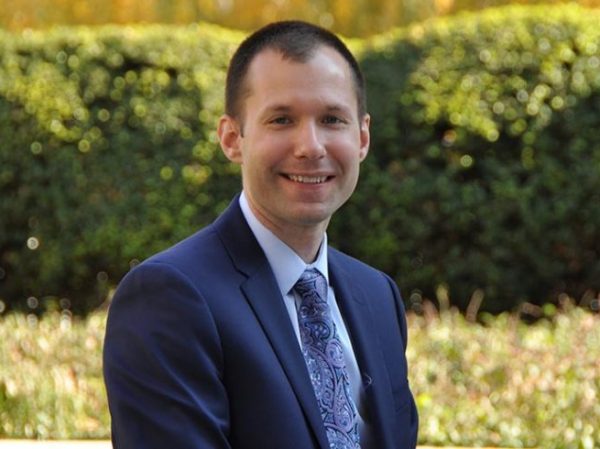Transfer Task Forces Implemented
By Helen Stevenson
The university has implemented two task forces with the intention of attracting more transfer students and retaining students who are already enrolled.
These “task forces” are the Transfer Task Force and the Retention Task Force, led by Jonathan Crystal, Ph.D., interim provost for the university, and Joseph Desciak, Ph.D., freshman dean & director of academic advising for Lincoln Center, respectively.
According to Crystal, the Transfer Task Force was established to examine Fordham’s policies and practices with respect to transfer students and come up with a plan to make the university more “transfer-friendly.”
It works to address the top three barriers for transfer students, which are the university’s high cost of attendance, housing, and transferring credits, according to Crystal. He said the issue is important for a number of reasons.
“First, increased transfer student enrollment is essential for Fordham’s financial sustainability,” he said.
“Although the university has enjoyed strong undergraduate enrollments in recent years, unfavorable demographic trends in the Northeast and increasing competition for first-time, full-time students will increase pressure on Fordham to attract more transfer students.”
Beyond financial stability, Crystal said the task force works to enhance the racial/ethnic and socioeconomic diversity of the student body. At the same time, the increasing number of transfer students will bring enthusiastic, motivated students to the campus.
“These are students who have already attended (and succeeded) at other institutions and have made a deliberate decision to come to Fordham in the middle of their college careers,” he said.
According to Joseph Desciak, the Undergraduate Task Force on Retention was established by Rev. Joseph M. McShane, S.J., president of the university, to investigate the satisfaction and success of current students.
“Father McShane made it clear to the task force … that our vocation is directly linked to being a community of diverse and universal welcome,” he said. “We need to be attentive to the needs of our entire community and, to do so, must take care of every Ram with whom we interact.”
The task forces develop ideas to increase the number of transfer applicants and the retention rate of the university. From their findings, they make a number of informed recommendations to McShane and his cabinet with the overarching goal of moving cross-campus forward.
Crystal said that in some ways, the task forces may complement each other. For example, the transfer students assisted by the Transfer Task Force may help to balance the number of students.
“Transfer students can replace students who leave the University, either temporarily (e.g. to study abroad) or permanently (e.g. those who transfer to other institutions or fail to graduate),” he said.
Although the focuses of the two task forces are different, Desciak said they share the same goal: student success.
“The reality is simple; a graduate of Fordham is our greatest accomplishment, asset and joy,” he said.
“We’ve provided the resources necessary for a successful global citizen to care for the Earth, sustain and grow the economy and be concerned for neighbor and family. This is critical and central to Jesuit education.”
However, there are still situations that the two forces cannot address on their own: it will take a cultural and systematic change in the university.
Isaac Welch, Howard University ‘21, attended the university last year as a FCRH freshman. He said the Retention Task Force may be rooted in good intentions, but the problem for a lot of students is fundamental.
“Even though there were a lot of things I loved about Fordham, for me and some of my other friends who transferred it came down to a conglomeration of institutional issues and overarching sentiments of a certain culture that we weren’t really feeling,” he said.
Welch said he does not think that the Retention Task Force will be enough to change some students’ minds. The university must start with a cross-campus approach to include students of all ethnicities and socioeconomic backgrounds.
“The biggest disappointment in coming to Fordham for me was the juxtaposition between the culture inside Fordham’s gates and the culture just outside of it: it couldn’t have been more polarized and isolated,” he said. “I think the university could benefit a lot from allowing Bronx culture to integrate itself into the school.”
Benedetta Fontana, FCRH ’20, transferred from Ithaca College this semester. She said that although she has not had a hard time adjusting, the university must improve its policy regarding the core curriculum.
“Fordham’s core is nearly impossible for transfers to complete in the time we have,” she said. “I am planning on studying abroad next semester, but it is not without having to squeeze in as many classes as I can this semester and for my senior year.”
Fontana said that although she was fortunate enough to have taken many general education courses at Ithaca, many students are struggling to keep up with Fordham’s core.
“I got lucky, but a lot of other transfer students that I know did not have credits transfer,” she said. “It is definitely very difficult as a transfer student to graduate on time without having to load up on courses or stay in the summer.”










































































































































































































